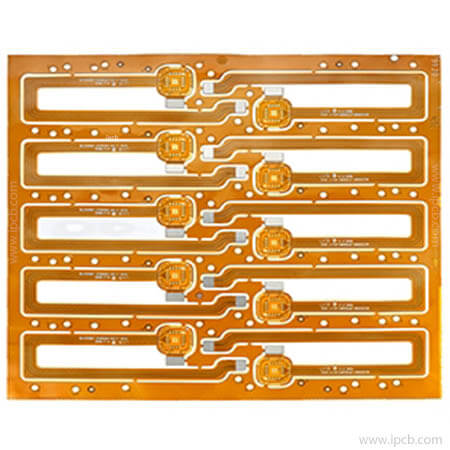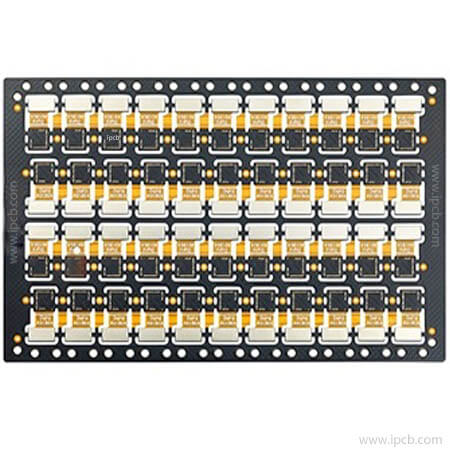Flexible printed circuit (FPC)
Flexible printed circuit (FPC) is a high reliability, excellent flexible printed circuit board made of polyimide or polyester film. With the rapid development of electronic industry, circuit board design tends to be more and more high-precision and high-density. The traditional manual detection methods can not meet the production requirements, FPC defect automatic detection has become an inevitable trend of industrial development.
Flexible printed circuit (FPC) is a technology developed by the United States for the development of space rocket technology in the 1970s. It is a printed circuit with high reliability and excellent flexibility, which is made of polyester film or polyimide. By embedding circuit design on the flexible thin plastic sheet, a large number of precision components are embedded in the narrow and limited space, thus forming a flexible circuit Flexible circuit. This kind of circuit can be bent and folded at will, light in weight, small in size, good in heat dissipation and convenient in installation. In the structure of flexible circuit, the materials are insulating film, conductor and adhesive.

Flexible printed circuit (FPC)
Development prospects
FPC will continue to innovate from four aspects in the future, mainly in the following aspects:
1. Thickness. The thickness of FPC must be more flexible and thinner;
2. Folding resistance. Bending is the inherent characteristic of FPC. The future FPC must have stronger bending resistance, which must exceed 10000 times. Of course, this requires better substrate;
3. Price. At this stage, the price of FPC is much higher than that of PCB. If the price of FPC comes down, the market will certainly be much broader.
4. Process level. In order to meet the requirements of many aspects, the process of FPC must be upgraded, and the minimum aperture, minimum linewidth / wire spacing must meet higher requirements.
Rigid-flex PCB (R-FPCB)
The birth and development of FPC and PCB gave birth to the new product of rigid-flex PCB(R-FPCB). Therefore, the combination of flexible circuit board and hard circuit board is a kind of circuit board with FPC characteristics and PCB characteristics, which is formed by combining flexible circuit board and hard circuit board together according to relevant process requirements.
Rigid-flex PCB(R-FPCB) used in the camera module should not only meet the functional structure of ultra-thin and high flatness, but also have the unique functions of the rigid-flex PCB(R-FPCB), and the flatness of the components and chips can still be kept good after pasting.

Rigid-flex PCB (R-FPCB)
Advantages and disadvantages of Rigid-flex PCB (R-FPCB)
Advantages: the soft and hard PCB has the characteristics of FPC and PCB at the same time. Therefore, it can be used in some products with special requirements, which not only has a certain flexible area, but also has a certain rigid area, which is of great help to save the internal space of the product, reduce the volume of the finished product, and improve the product performance.
Disadvantages: the production process of hard and soft board is various, the production is difficult, the rate of good products is low, and there are many materials and manpower. Therefore, the price is relatively expensive and the production cycle is relatively long.